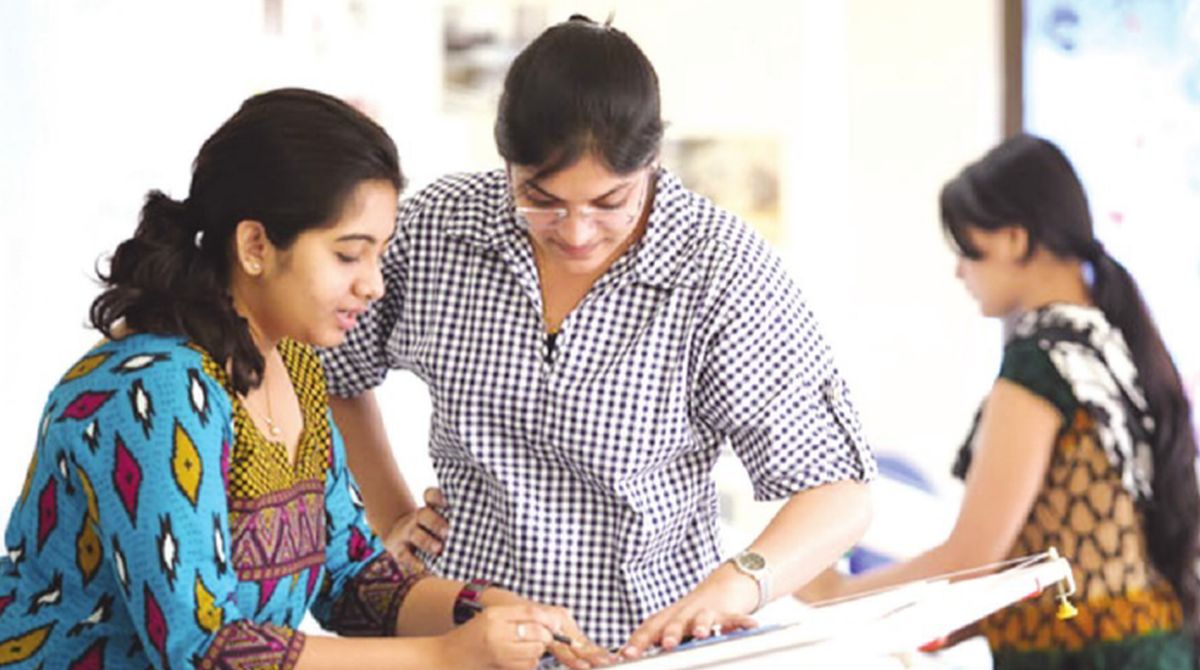For India to step up in the social progress indicators, it is the need of the hour to address the various environmental challenges. This essentially means that we need to structure a robust and sustainable community that can combat pressing needs of the populace.
Sustainability is not an alien concept to the Indian ethos and culture. In fact, sustainable and environment friendly practices such as hoarding and thriftiness have long been an integral component of the lifestyle of Indians.
The core idea of sustainability stretches beyond the realm of “going green” and a holistic approach to the subject would include emotional sustainability as an integral aspect.
Emotional sustainability is a concept that stems from the value of a product and what it means to the consumer or end-user. It makes us preserve certain products over generations, while discarding others.
Designers by trade are trained to identify problems, critically analyse and view situations from multiple perspectives, and above all use logic, intuition and empathy to devise impactful solutions. Products with a heightened probability of emotional sustainability share the uniqueness of utility and time spent on the design. They strategically strike the perfect balance between aesthetics and functionality. This is where designers come into the picture.
In fact, it is important for design professionals to go beyond products and systems, sustainable as they may be, and act on social challenges like increased stress levels, anxiety, depression and the like. This can be done by designing innovative mechanisms that will help inculcate a more inclusive society.
Designers are rightly equipped with the skill-set to create better systems, processes, products and communities with a high quotient of emotional sustainability. Design has a crucial role to play in furthering the cause of sustainability. Thus, the need of the hour is to groom the next-gen designers who can seamlessly adapt themselves to the demands of the society and leverage expertise of cross-functional teams to arrive at environment friendly solutions while being sensitive to the social challenges that people battle in the real world.
The time is right for us to internalise emotional sustainability in a world that is struggling to drastically reduce carbon emissions while developing sophisticated technologies of the future. However, while doing so we must respect indigenous knowledge, cultures and traditional practices that eventually contribute to sustainable and equitable development.
Furthermore, it is extremely important that stakeholders of design education in India take a leaf out of our dynamic Indian culture and ensure sustainability permeates effortlessly through the entire design process rather than seem like an afterthought. We must build an ecosystem where more and more consumers establish an emotional attachment to the product thereby reducing the prospects of it being disposed off, which in turn has a positive impact on the environment.
The curriculum and pedagogy of universities must be strongly rooted in sensitising students to the concept of sustainability through myriad live projects, discussions and feedback forums pertaining to their chosen design discipline. It should be made mandatory to introduce them to the approach and processes that can be put in place to ensure sustainable development using design as an integral tool.
Students from the interior architecture and design department of my university, worked on a project titled Sourcing, spanning over three weeks. The project entailed them to explore numerous salvage markets in Delhi and identifying objects that could be transformed into a functional element of an interior space, rather than just being a decor item. This plays on the idea of emotional sustainability that goes hand in hand with environmental sustainability of recycling and reusing products.
Quoting yet another example from the campus, students from the fashion design programme recently concluded a rather interesting project that required each of them to upcycle their old garments. The apparel industry is the second largest polluter in the world after oil. The project was aimed at sensitising students to the current fashion cycle with a holistic understanding of the environment issues and social impacts created by the industry driven by fast pace and wasteful production and consumption model.
Sustainable development is a collective responsibility and therefore, skilled minds from all facets and holding varied expertise must brainstorm together towards building emotionally sustainable communities. Therefore, design schools must essay their role as providers and build a stimulating ecosystem that triggers conversations around sustainable design solutions in the holistic sense.
The writer is founder, Indian Institute of Art and Design, New Delhi.











